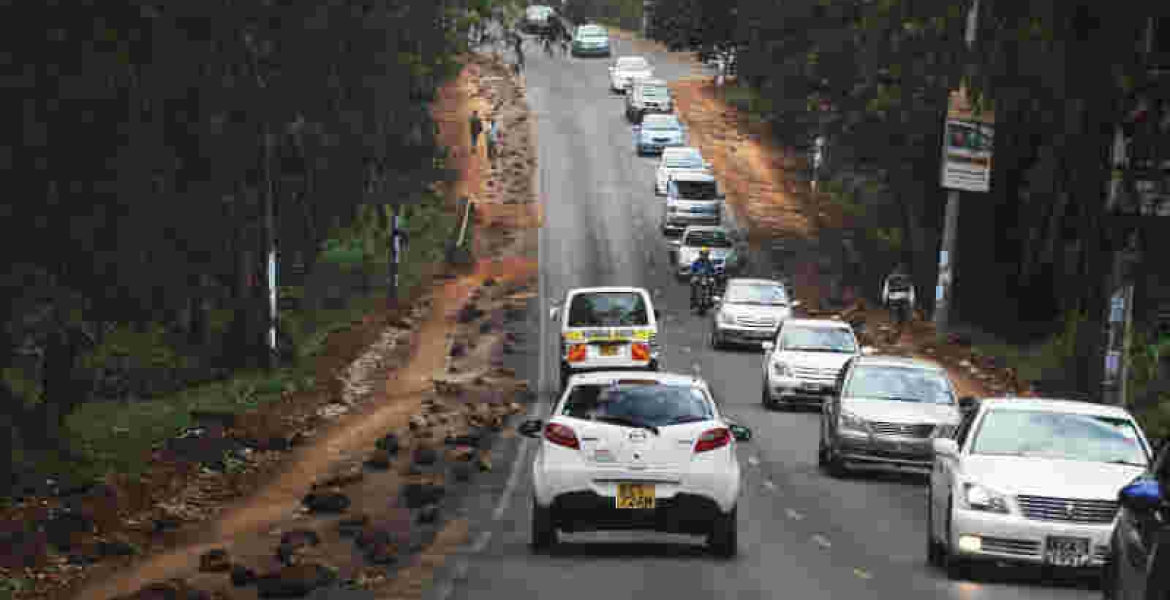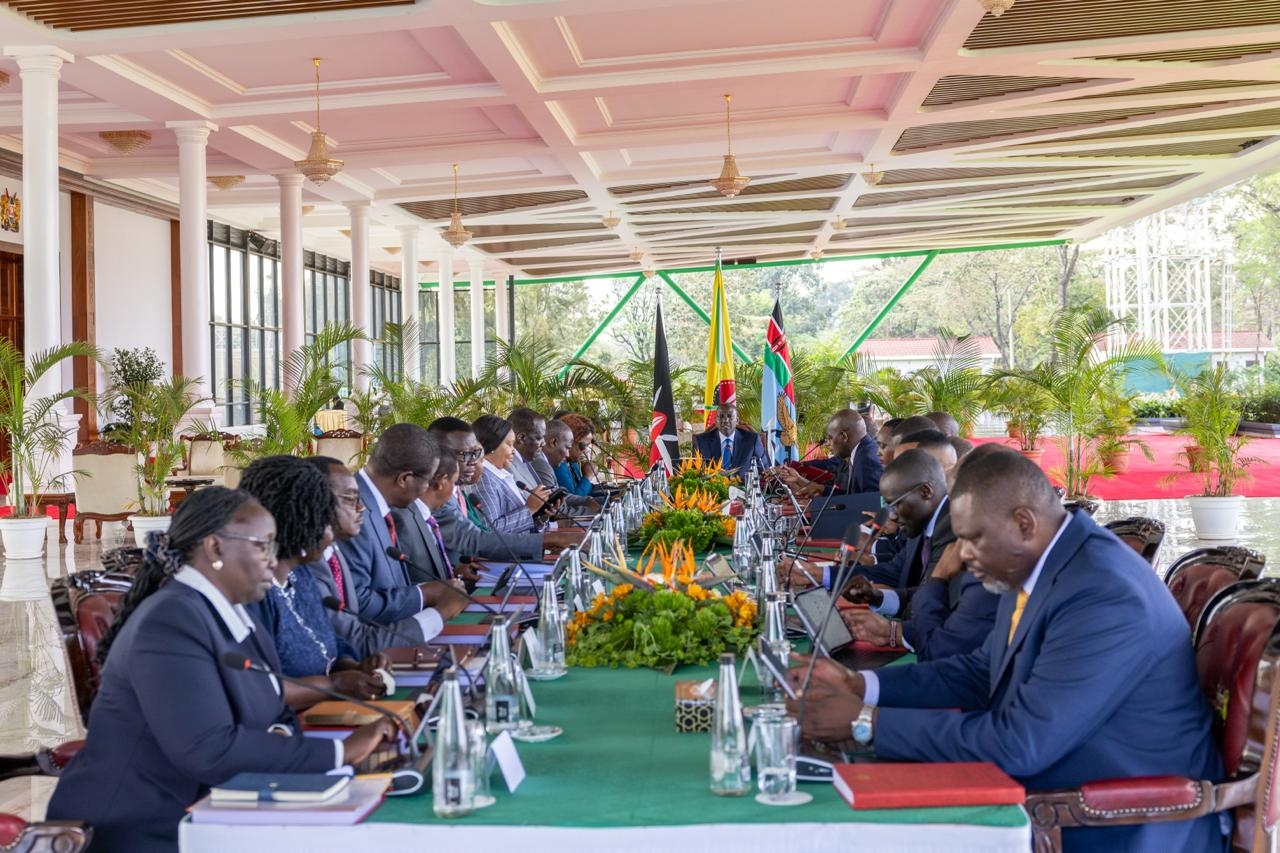
That delayed broadcast button in your broadcast stations will save you; obey the professional requirement for it’s meant to prevent the unintended publication of materials that violate any of the articles in the code or that might put the outlet of journalists in conflict with the law. Install it and observe it religiously on the platform and enforce once on air.
Where you cannot install the software, record discussion programs and play them
after reviewing them.
In a world where people are competing to be fast to break news, where insults and negative utterances seem to be liked more than authentic content, where the news space is riddled with misinformation and manipulated content, media platform administrators, editors, and station managers must be on the lookout for irresponsible news sources and analysts.
It’s now standard requirement broadcasters install the delay response into live broadcasts to allow producer/host to cut off a guest behaving inappropriately while on air or spewing misinformation and deliberately saying untruths. In a more expanded context, delay live broadcasts, help stations to edit out any misleading information, lies, defamatory statements, profanity, mistakes, or other harmful content before allowing it on air, manage audio and video feeds from different sources to fit station requirements, helps people avoid spoilers from social media or other devices by giving them a consistent buffer behind the live action or check on cheaters.
The code of conduct for media practice in Kenya 2025 Section 11 requires media stations to incorporate a minimum of seven seconds delay in live broadcasts to prevent the unintended publication of materials that violate any of the articles in the code.
Media must maintain sanity and good conduct in our programmes, especially our studio guests.
Otherwise, the language and behavior of some of the guests is a shame and unsuitable content. While the media should not hold brief for those without manners and decorum, by showing exactly who they are, such manner less sources and guests must be tamed.
Being live on broadcast, especially during public engagements and public rallies, is very interesting and gives life to the programs but must be keenly watched and professionally moderated.
It’s an
opportunity to allow citizens see for themselves, see their leaders/sources in
their true colours, but very tricky for broadcasting outlets; for whenever there
happens a conflict with the law; maybe hate speech, re-broadcasting of hate
speech defamatory statements, or harmful content; it’s always the provider of
the platform that is held responsible.
Live or real time broadcasting of events or current affairs programs on online platforms, radio, and TV, which is now the in thing across media houses. In the situation of partisan media, tribal inclined journalists and politically intoxicated political pundits, the scene has become more confusing than ever before.
While trust levels in the media are still within acceptable levels, concerns are still valid on the credibility and packaging of some media content. You can easily see the political divisions in the country displaying themselves on media platforms. From the choice of guests, moderation of discussions, choice of responses to allow on air or tweets, media is stuck.
Live coverage in our media, especially on radio, digital platforms and TV, has gained traction and is now the order of the day across our media spaces, within the current political environment is problematic. ith largely partisan media, tribal inclined journalists and politically intoxicated political experts/lawyers, the scene has become more confusing than ever before.
Media is no longer the source of credible and trustful information as it used to be. The political divisions have gradually taken a serious space in our media house, and the results are there. From the choice of guests, moderation of discussions, choice of responses to allow on air or tweets, media is stuck.
Not all people with pens, notebooks, recorders, microphones, and cameras are genuine journalists and or media practitioners- many are shoppers, brokers and players-they don’t work for any media outlet- they work for their stomachs. Watch out- demand for their Media Council of Kenya accreditation press cards, staff identification and more importantly, if their mics and cameras are working- many dupe you into speaking into decoys. Be smart.
The aim of an interview or discussion programme is to have the interviewee/guest provide facts, reasons or opinions on a particular topic, which is expected to help the listener to form a conclusion as to the validity of what he/ she is saying.
The progamme host has a
responsibility to obtain sufficient briefing and background information on the subject,
the guest including meeting before the programme time to break the ice and
asses the condition of the guest. In addition to be drunk and poorly prepared
for the live shows, some guests even come armed to the studio. Some cases have
been reported where guests physically fought in the studio during the
programme.
When an interview degenerates into shouting, we lose big time, especially when the programme could have enabled citizens to make decisions on the leaders they want.
The role of the media in an election is to ensure that the citizen is empowered to make an informed choice. The media, therefore, have a duty to provide coverage that gives the citizen sufficient, accurate and reliable information on electoral matters. The media have a duty to debunk myths, stereotypes and counter fake news.












